Stop Bugging Me
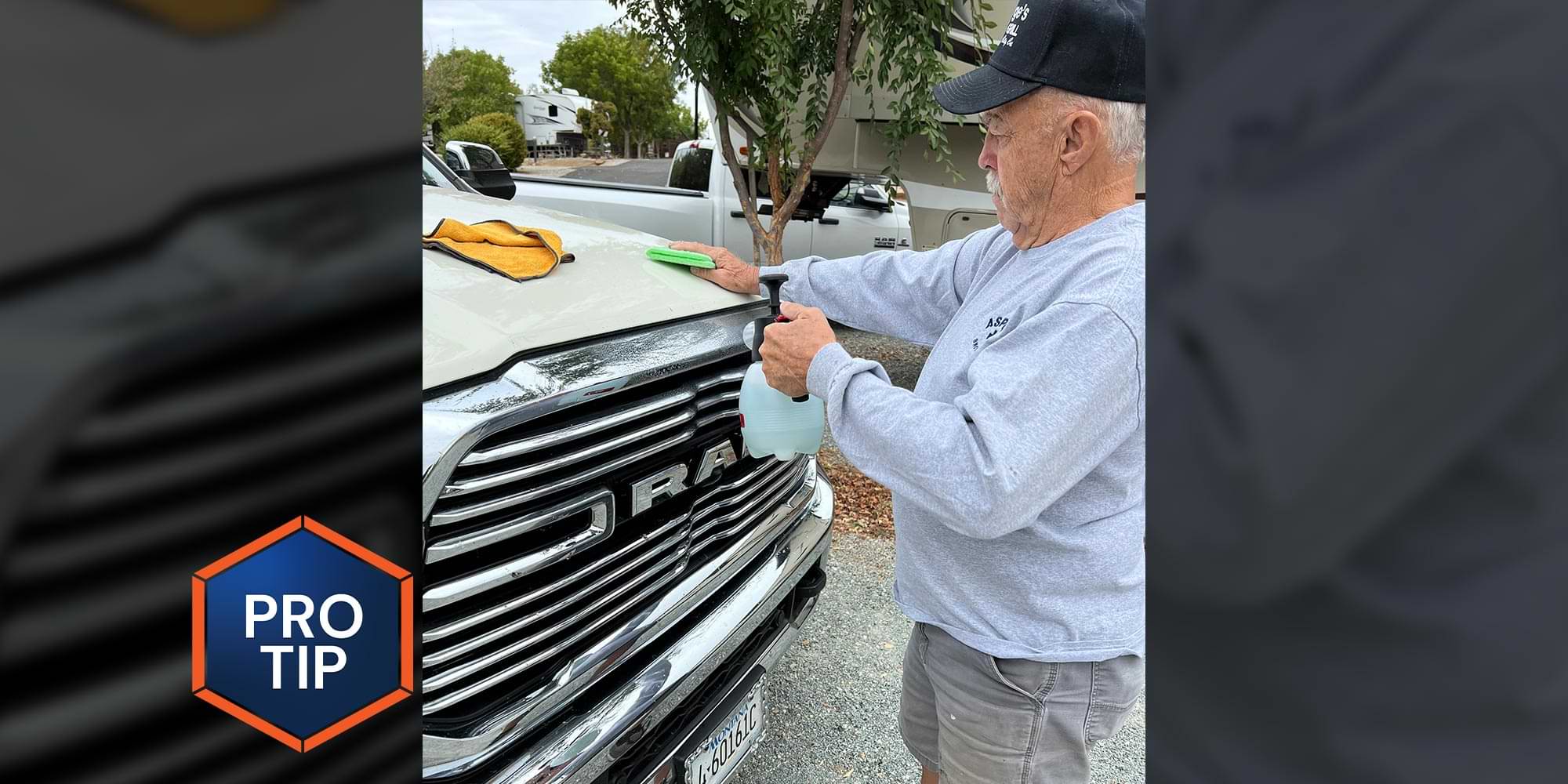
If you’re an entomologist, you love bugs. If you’re an RVer, not so much. For RVers, the bug collection can be found on the windshield, grilles and the front of their rigs — and they make a mess. Once bugs have dried on these surfaces, removing them can be pretty difficult.
Over the years I have used several commercial bug cleaners; some work and some don’t. Recently, I ran out of cleaner — and the bug remains stacked up. Since I hate to see bugs on my tow vehicle and fifth wheel, I experimented with a few products I already had in my storage compartment — and discovered that, together, they worked amazingly well.
I’ve professed the value of washing vehicles with Optimum No Rinse Wash and Wax ($43.99 for a gallon container on Amazon) for years; it’s my go-to product for washing vehicles without running water. Washing with No Rinse removed some of the bugs — especially if the surface could be saturated with the solution and allowed to stand — but hot weather can dry the washing solution too quickly. Figuring the No Rinse has good cleaning properties, I mixed some with water in a spray bottle and used it as a standalone bug remover. And, rather than rely only on a microfiber towel to scrub the bugs off, I enlisted an old standby, The Boss Love Bug Eraser (3-pack on Amazon for $8.50), to help break down the dried-on bugs. The combination made short, almost effortless, work of removing bugs — especially around the truck grille, which has lots of places for bug bodies to collect.
While just about any spray bottle found online and at home-improvement stores will suffice, I also moved the bar up substantially by purchasing a Solo 418 One Hand Pressure Sprayer from Amazon ($27.99). It’s a lot more expensive than common spray bottles but it’s much more durable and certainly easier to use, especially for those with arthritic hands. It holds one liter of solution (around 34 ounces) and after pumping up the pressure, it distributes an atomized spray pattern by simply pressing a lever.
Adding the right amount of No Rinse concentrate to the liter of water took a little math. Washing vehicles requires only an ounce of concentrate for 2 gallons of water, so the amount used in the 1-liter bottle was small. I normally use two ounces of concentrate when washing vehicles, which works better, so I splurged and added ½ ounce of No Rinse in the Solo sprayer. It turned out to be a winning formula.
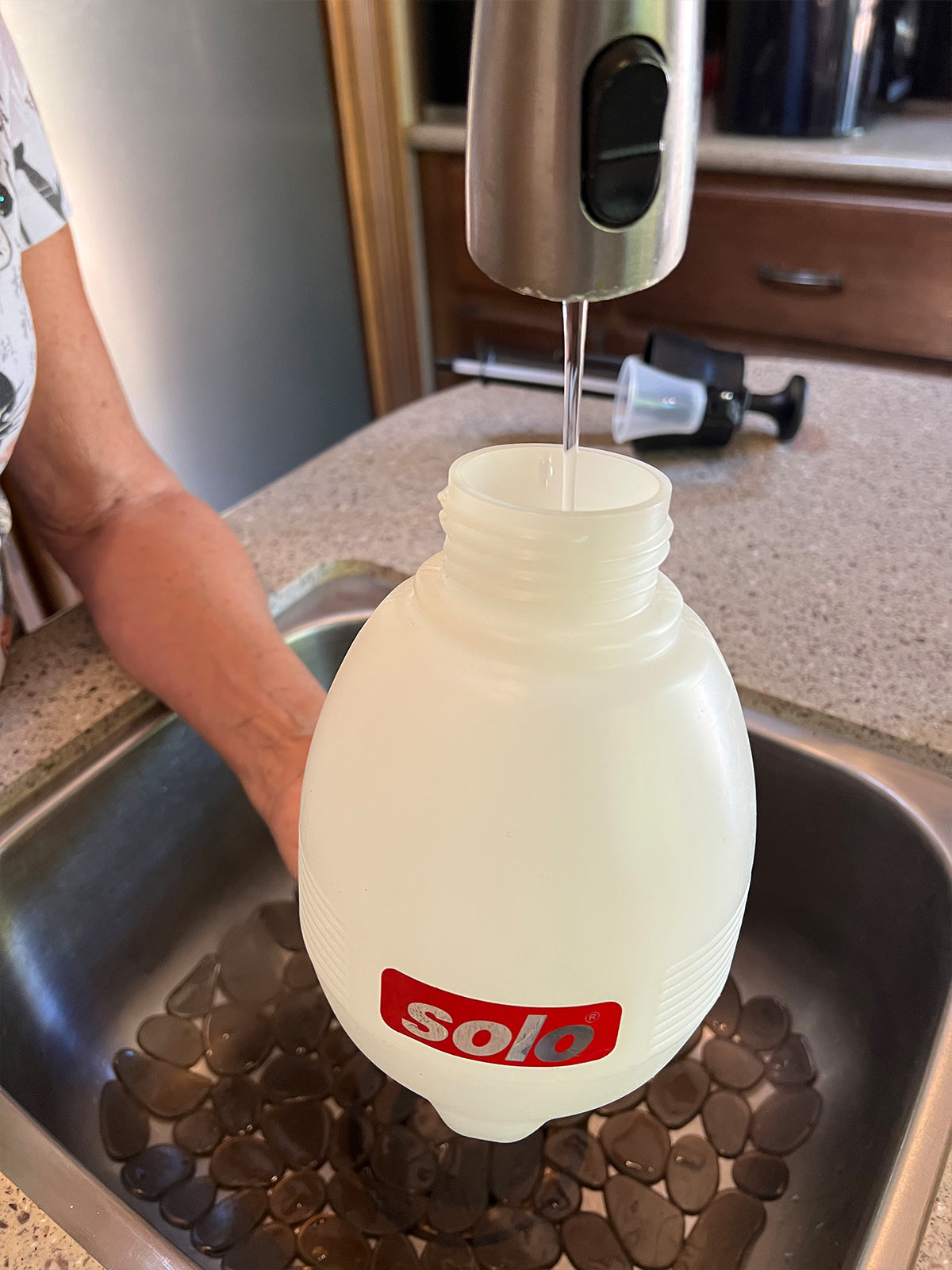
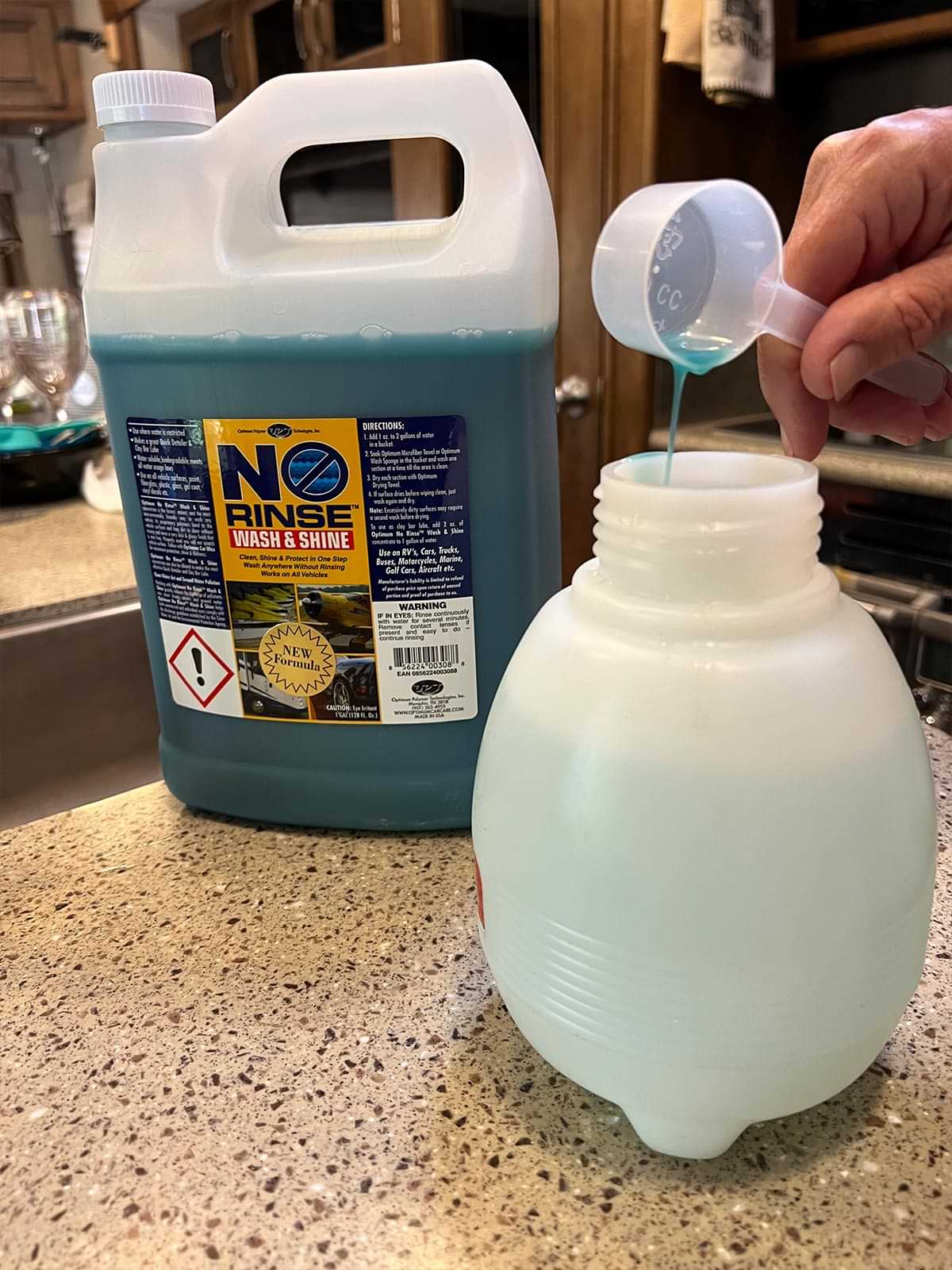
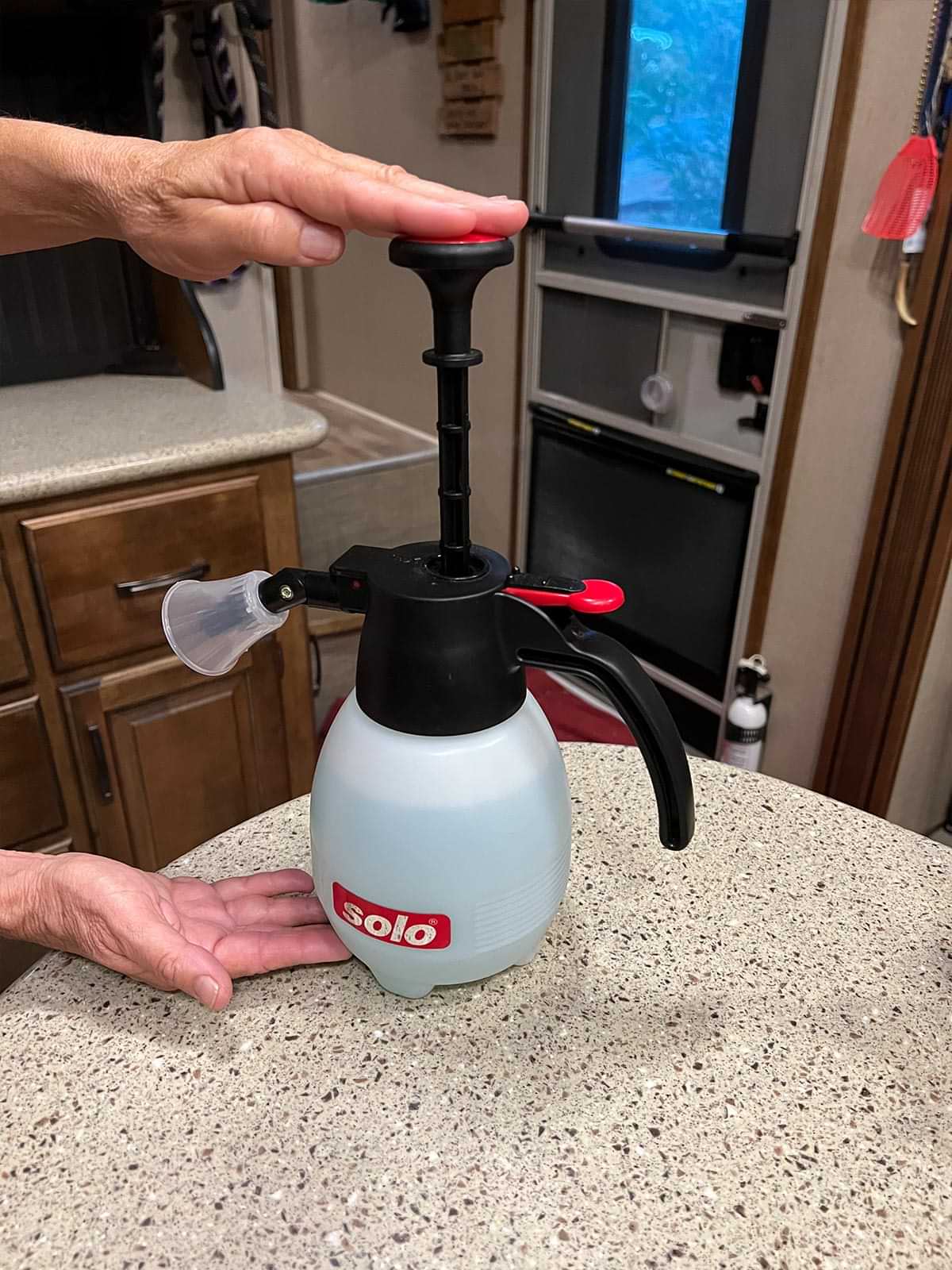
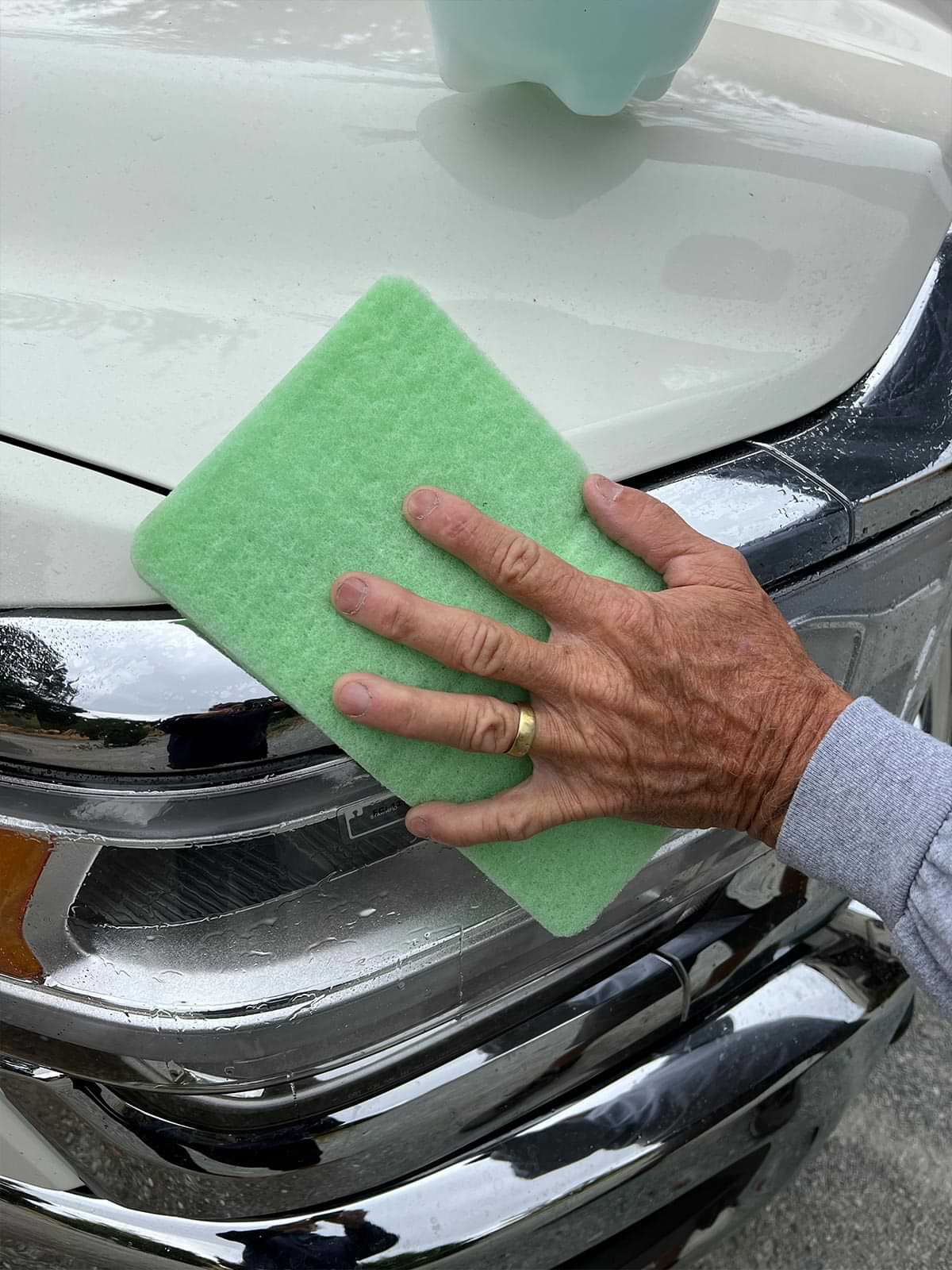
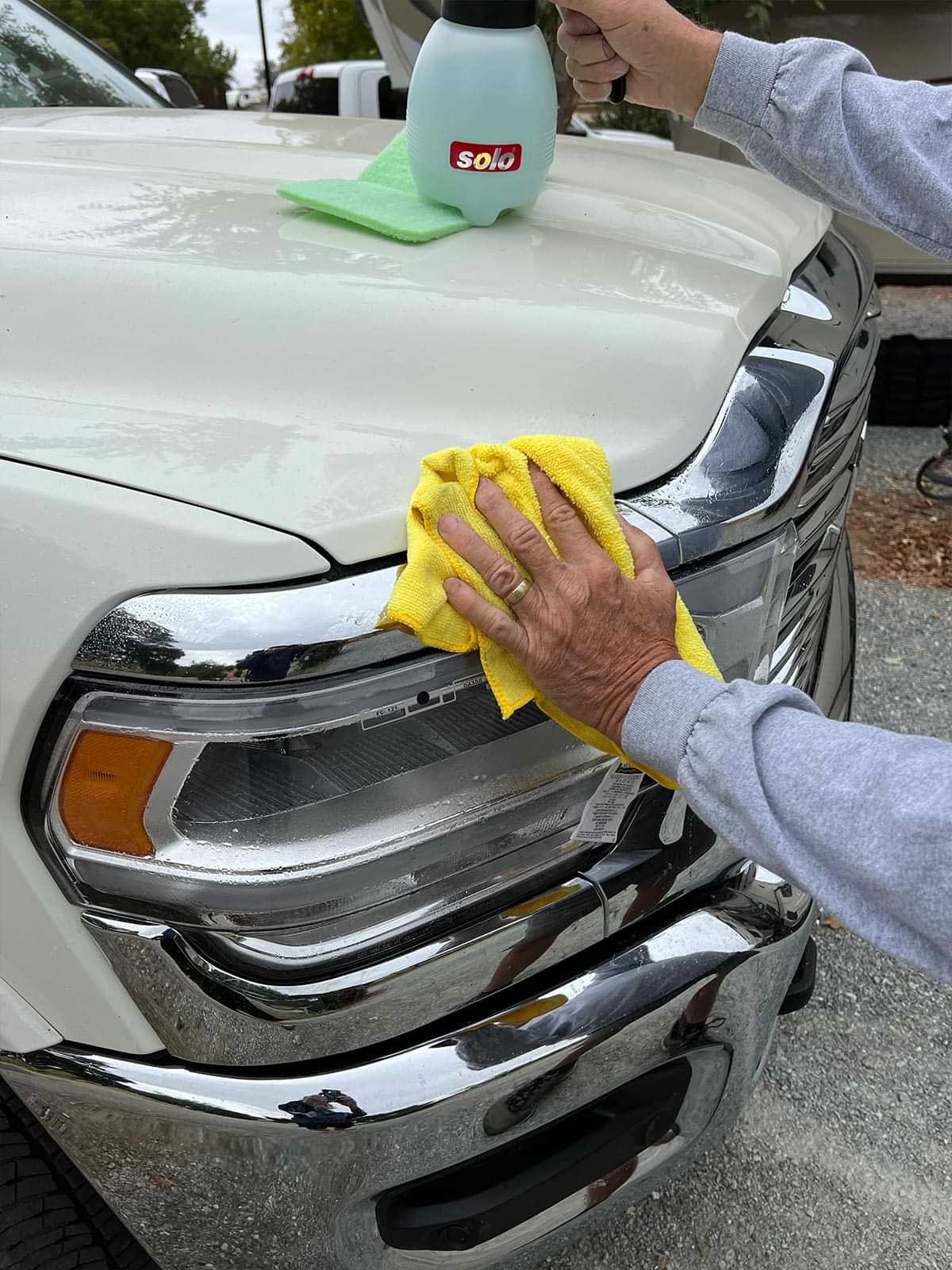
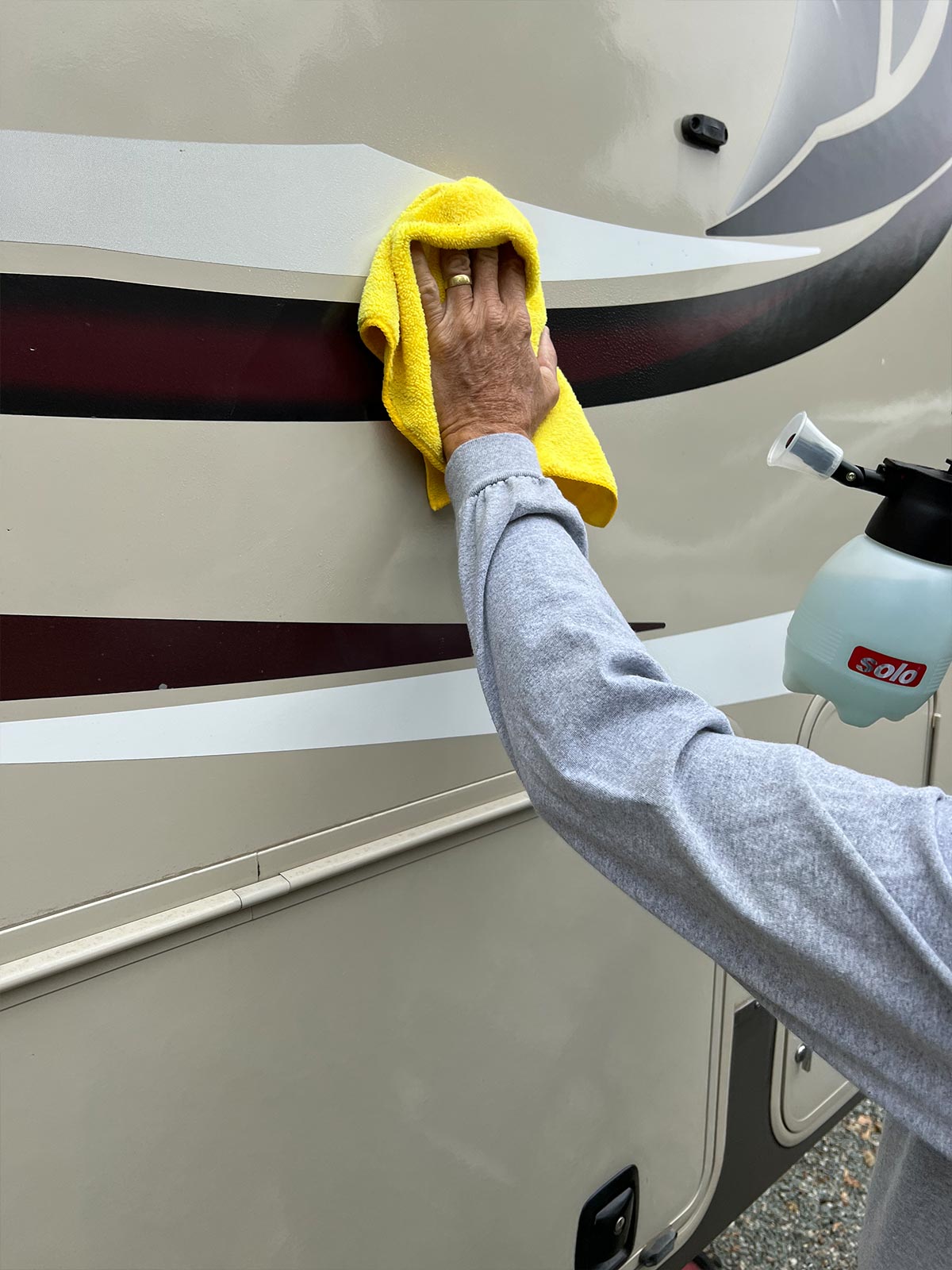
The Love Bug Eraser is designed to only use soap and water — and doing so produces excellent results — but spraying the bug-covered surface first via the Solo bottle allowed the wet-with-water Love Bug Eraser to glide smoothly over the surface effortlessly and remove the bugs. A microfiber towel was used to dry and buff the surface. The Love Bug Eraser is safe for painted surfaces, chrome, glass and plastic; just don’t bear down on the pad on painted surfaces and keep it moist.
Sometimes experimentation disappoints. In this case, the stars were aligned.
Already a Subscriber? Click here for Access to the Full Issues.

